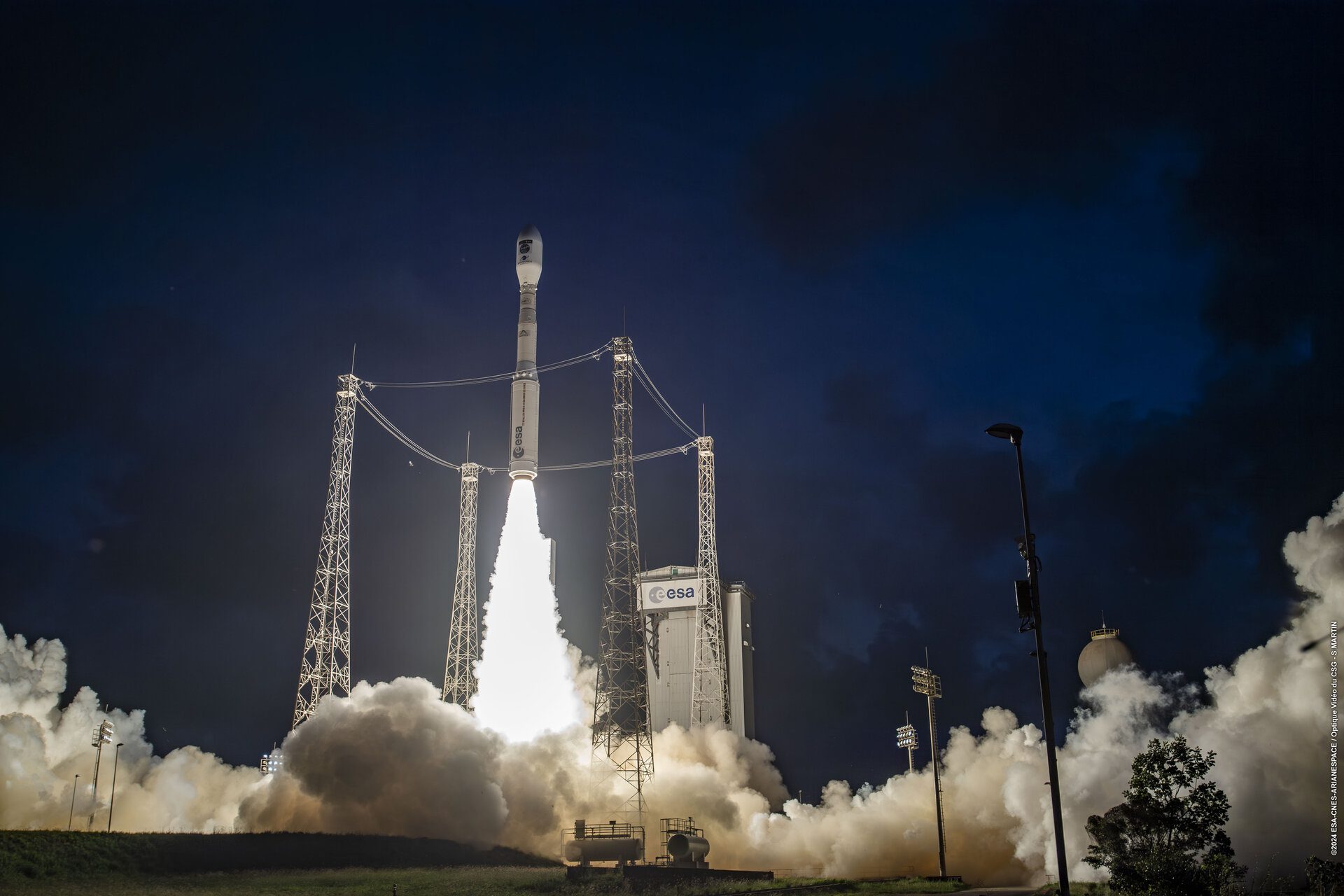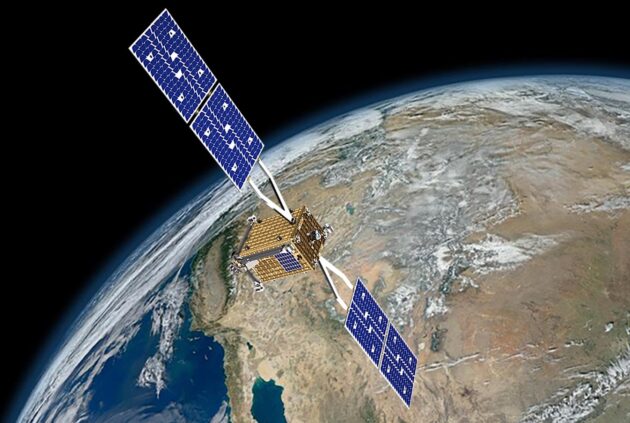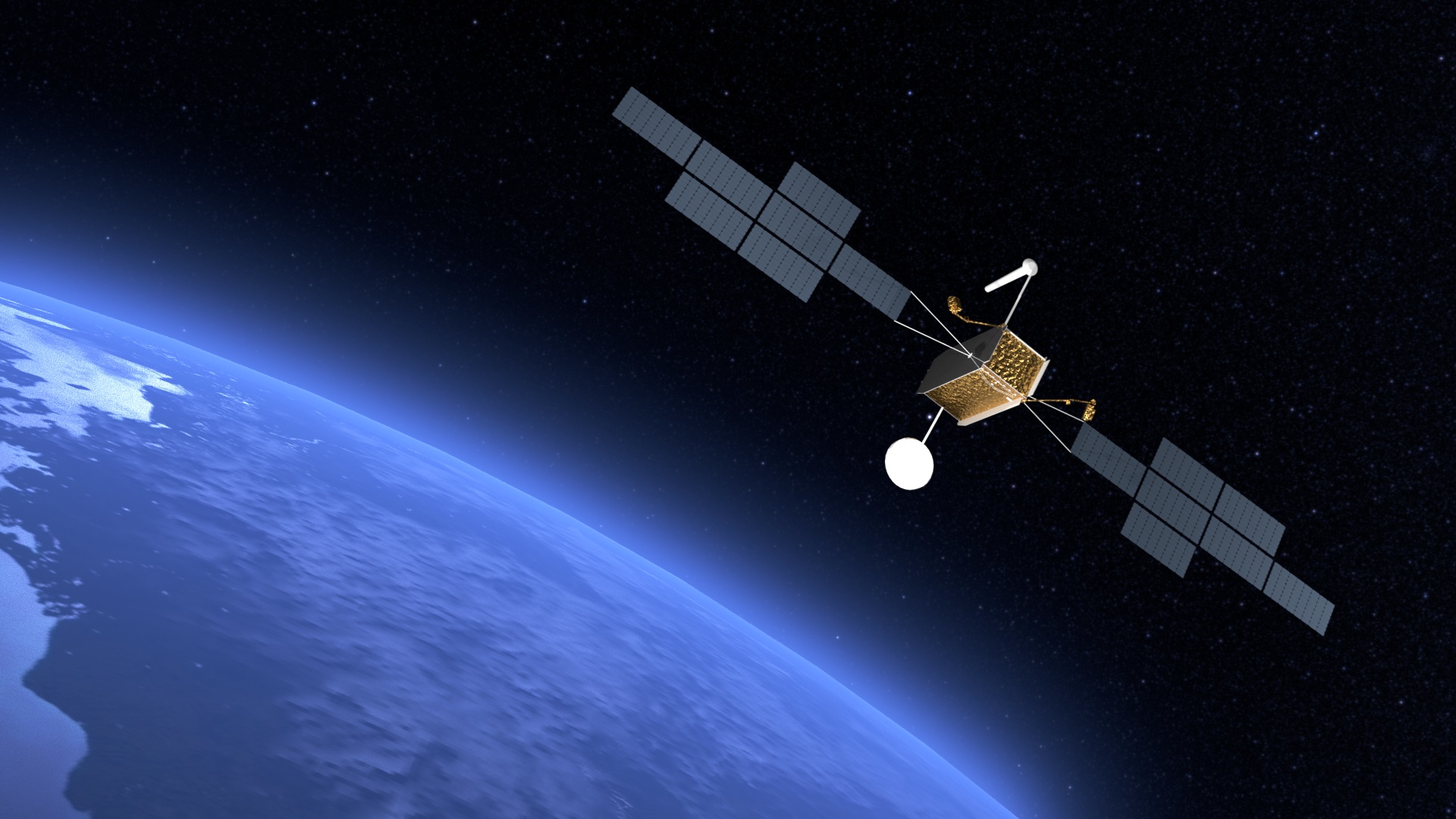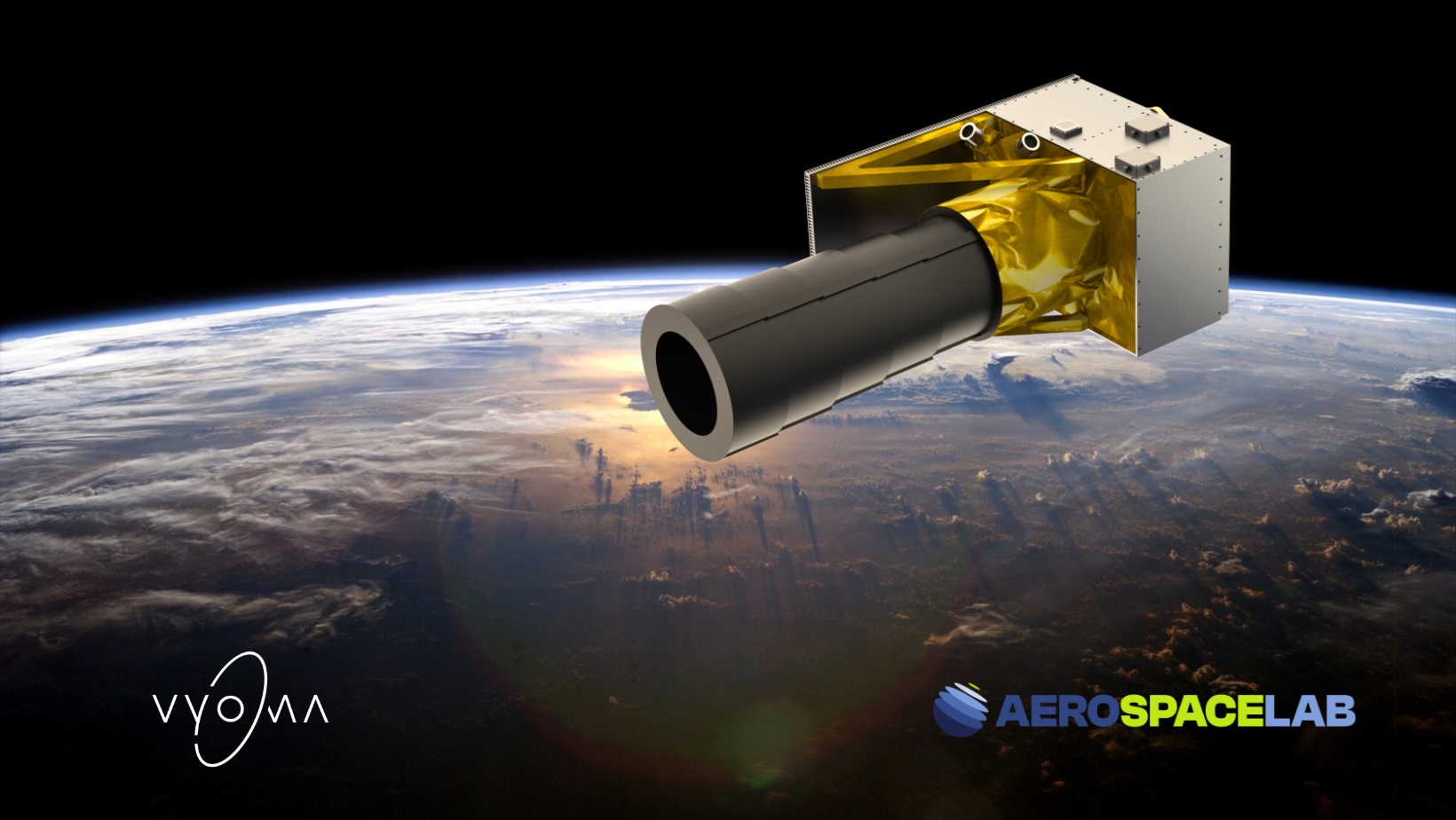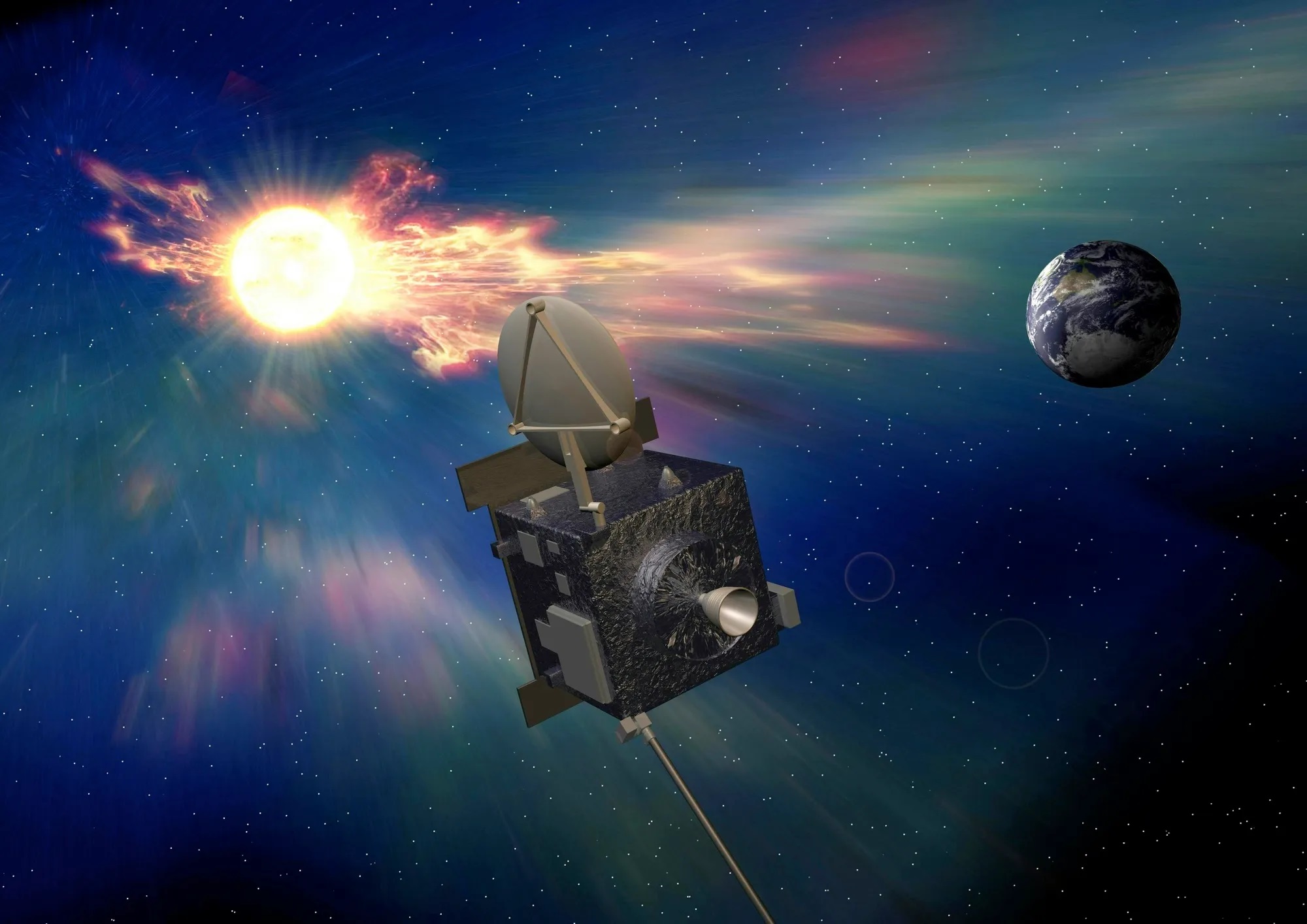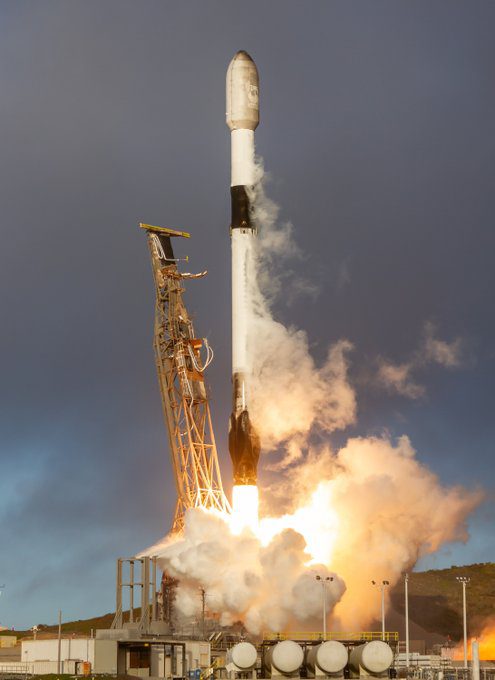In all the enthusiasm about Tim Peake’s planned spaceflight to the International Space Station in November 2015 (which might be thought of as a de facto “thank you” for the UK’s extra funding to ESA), and how it might promote the so called STEM (science, technology, engineering and maths) subjects in education, the question many schoolchildren and students will be asking is: which subjects and which career path do I need to do to get into space?
Strangely, the Minister for Universities and Science, the Rt Hon David Willetts MP made sure to note that he was NOT promoting STEM subjects as a way to become an astronaut. Citing former Army Apache helicoptor and test pilot, Tim Peake, as an example, Willetts thought that more practical skills like flying/pilot training would be better for those wanting to be astronauts in future than having a science-based degree though he noted that STEM subjects would help those wanting to work in the space industry.
Willetts said while he was encouraging STEM subject uptake as being good for the space industry and the nation in general, he was averse to forcing school children and young adults from taking subjects at university that they did not really want to do. “I believe in people being free to choose the courses that most interest them.” said Willetts noting that arts subjects can lead to rewarding careers as well.
Peake agreed that the main key was to find what you are particularly passionate about and be as good at it as you can. “There are astronauts who are school teachers.engineers, scientists, doctors, and pilots. Any career path can lead to to being an astronaut.”
While Peake’s mission running order is not yet decided, it is likely to have some element of microgravity research, especially as the UK is a recent contributor to ESA’s European Life and Physical Sciences in Space (ELIPS) microgravity research programme. There is also a chance that Peake will mount a spacewalk as part of his mission, having done neutral buoyancy tank training. “I have done several months over in Houston, I went through what is known as the novice flow and skills flow which qualifies me in the EMU (Extravehicular Mobilty Unit) suit.” said Peake. Peake is also qualified on the Russian Orlan suit as well.
Tim Peak in initial EVA training in Neutral Buoyancy Tank at European Astronaut Centre, Cologne in 2010. He later went to Houston to EVA qualify on the NASA spacesuit. Courtesy ESAPeake noted that he would like to stand on Mars on day even if his career may be over by the time that mankind achieves that aim. More realisticallly, there is a genuine outside chance that Peake might one day visit a Chinese space station. Thomas Rieter, ex-astronaut and now head of human spaceflight at ESA, noted that discussions with the Chinese over future cooperation had started but that they were at a very early stage.
Comment by David Todd: While they may be right in noting that individuals tend to do best in subjects they enjoy most, Peake and Willetts are a bit wrong in not suggesting that a degree in a STEM subject would improve a candidate’s chances of selection as an astronaut. For the best chance of becoming an orbital-class astronaut, the traditional routes into space still hold: either be an exemplary pilot, or be a science/medicine or engineering specialist (or at least have degree in these subjects), or, even better, both. Peake himself was an army officer and test pilot, but did actually gain a degree in Flight Dynamics as part of his training at the Empire Test Pilots School at Boscombe Down (which was actually awarded by the University of Portsmouth).
There is no evidence that lawyers, linguists, archeologists and historians are yet being made into astronauts in preference to those holding STEM expertise, though rich business types are making it – even if they have to pay for themselves via space tourism programmes.
One trend will probably happen however. Rather than having specialised astronauts: pilots, EVA (Extra-vehicular Activity) experts, and scientific specialists, that the Space Shuttle tended to carry, future astronauts on long range missions to the Moon, asteroids and planets, will probably have to be “jacks of all trades” like Apollo astronauts, given their smaller crews. That is, they will have to be skilled pilots, AND be experts at EVA, AND have good STEM subject degrees – with geology, engineering and medicine probably being the most useful.
While STEM knowledge, at least to a background degree level, will probably be essential, Willetts was right to hint that like becoming pilot would be a good route in. Pilots, like divers, explorers and other “operational types”, apart from being fit and having practical and problem solving experience, also usually have the psychological make-up to be able to think quickly and calmly in dangerous situations. This can mean the difference between mission success and failure and sometimes the difference between life and death.


